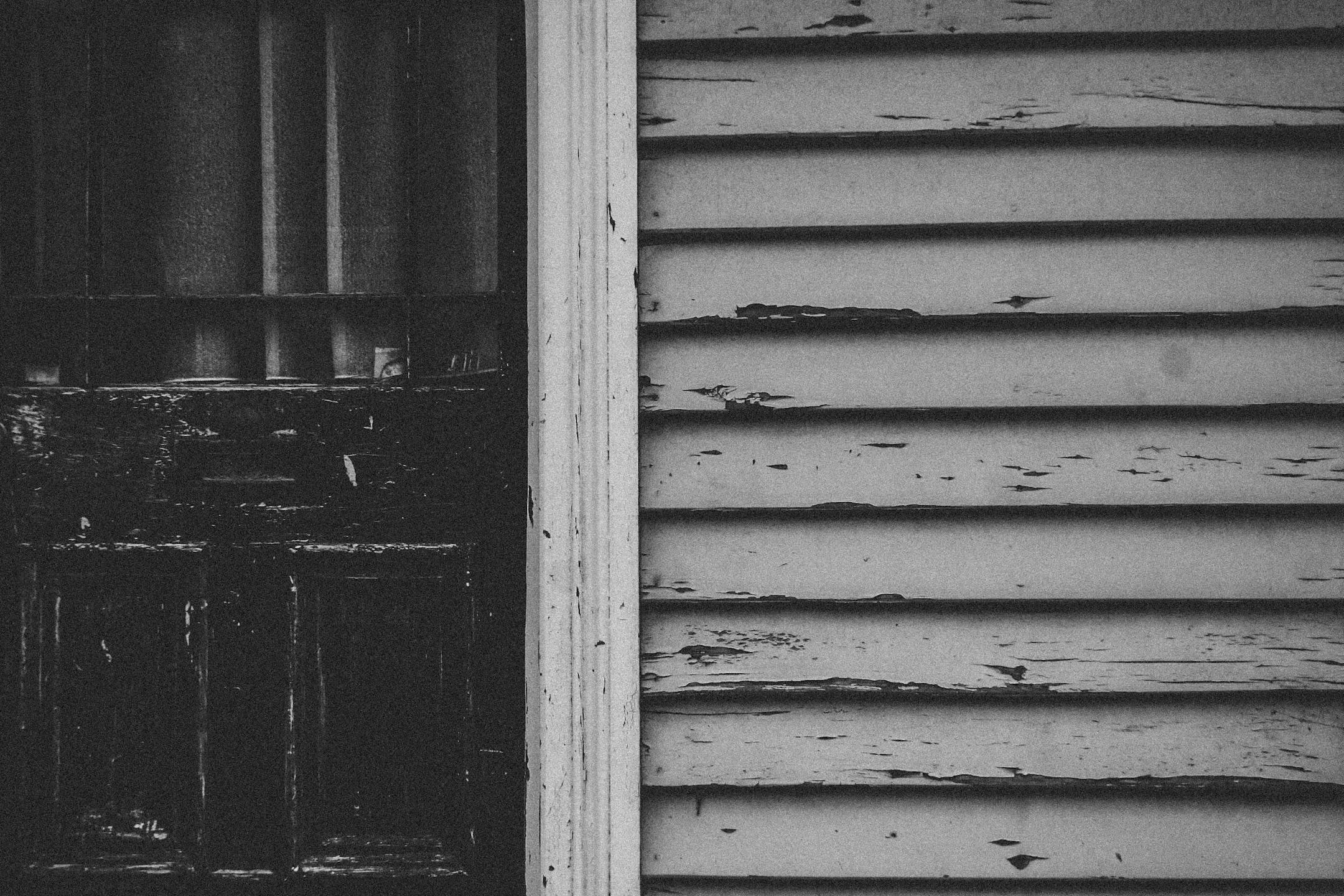
Siding isn’t just decorative. It’s not some passive layer stapled to your home to make it look nice for realtors or neighbors. It’s armor. It’s insulation. It’s the thing standing between your house and years of wind, water, sun, insects, and slow, silent decay.
So when it starts to fail, your house knows. The question is—do you?
Here are five unmistakable signs your siding’s time is up—and why understanding how to replace siding on a house might be more important than you think.
Let’s start with the obvious. If you can see gaps, bulges, or pieces flaking off like burnt toast, you’re already late to the game. Siding that’s cracked or warped has lost its structural integrity. Rotted panels? Those are practically sending engraved invitations to moisture and mold.
Touch the damaged area. If it gives under pressure—soft, spongey, maybe even crumbly—it’s not doing its job anymore. And worse, it may be hiding even more damage beneath. This isn’t a patch job situation. This is replacement territory.
All siding fades eventually. But there’s a difference between mellow patina and full-on color loss. If your siding used to be crisp white or rich brown and now resembles wet cardboard, it’s signaling distress.
Even more concerning: if paint won’t stick anymore—if it flakes off within a season—that’s a sign the surface has broken down chemically. It’s not the paint. It’s the siding.
At that point, repainting is lipstick on a sinking ship.
Your home’s envelope—the siding, the insulation, the barriers you don’t see—is supposed to hold in warmth in winter and cool air in summer. When that envelope fails, you start paying for it. Literally.
Are your energy bills creeping up month by month, no matter how careful you are with the thermostat? You might be losing heat through gaps and failing panels. In fact, many homeowners don’t realize just how much siding contributes to efficiency until it starts costing them.
Knowing how to replace siding on a house isn’t just practical—it can help you ask the right questions when contractors start throwing around jargon like “R-value” and “thermal bridging.”
Peeling paint inside. Bubbling drywall. Mold forming in quiet corners that don’t even get wet. If you’re seeing signs of water damage indoors—and your roof and plumbing check out—look to the siding.
Water intrusion is sneaky. It finds tiny openings, seeps through them over time, and creates slow, creeping damage you won’t notice until it’s too late.
This is the kind of thing siding is supposed to prevent. If it’s not doing that, the countdown has already started.
It’s a multi-step process. First comes removal—careful, methodical, revealing everything the old siding may have been hiding. Then: inspect. Has moisture snuck in? Is there mold? Do any boards need replacing?
Next, insulation. A smart siding replacement isn’t just cosmetic—it’s functional. This is the moment to upgrade what’s behind the panels. And finally: installation. Each panel needs to be measured, aligned, sealed, and trimmed with precision.
Homes don’t always cry out. Sometimes they whisper. A soft spot here. A draft there. A paint job that just won’t hold. Don’t ignore the signs.
If you’re in Rockland, Orange, Westchester, or Bergen County, and your home is showing its age, reach out to our team at Nicholas General Contracting. We’ve seen it all. And more importantly—we know how to fix it.